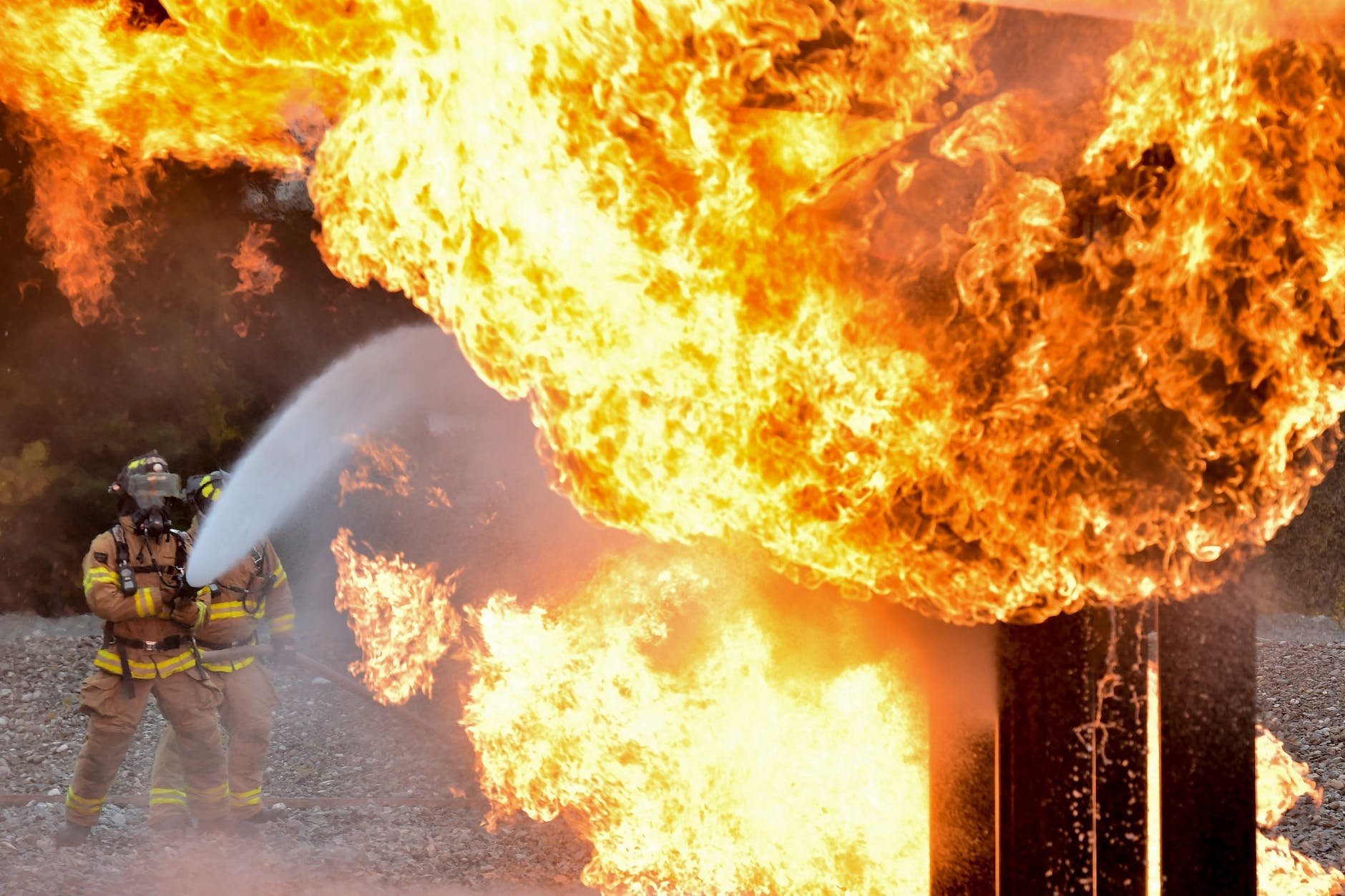
What is Meaning of %LEL and %UEL
Introduction
What is Meaning of %LEL and %UEL : In various industrial settings, the terms LEL and UEL are often mentioned when discussing safety measures, particularly in environments where gases are prevalent. LEL stands for “Lower Explosive Limit,” while UEL stands for “Upper Explosive Limit.” These terms play a crucial role in ensuring the safety of workers, equipment, and the environment. In this article, we will delve into the meaning of LEL and UEL, their significance, measurement, and their relevance in various industries.
Understanding LEL and UEL
The LEL, or Lower Explosive Limit, represents the minimum concentration of a gas or vapor in the air that can ignite and create a fire or explosion when exposed to an open flame or spark. On the other hand, the UEL, or Upper Explosive Limit, is the maximum concentration of a gas in the air, beyond which the mixture becomes too rich to ignite. These limits are often expressed as a percentage, denoted as %LEL and %UEL.
Why LEL and UEL are Important
LEL and UEL are crucial for maintaining a safe working environment. When the concentration of a flammable gas or vapor falls within the LEL and UEL range, it is considered to be within the explosive range, and any ignition source can lead to a hazardous situation. Understanding these limits is vital for preventing accidents and ensuring the safety of personnel and property.
Measuring LEL and UEL
LEL and UEL are typically measured using specialized gas detectors. These detectors are calibrated to detect the concentration of specific gases in the atmosphere. When the concentration falls within the explosive range, the detectors trigger alarms, helping workers take immediate action to mitigate the risk.
Factors Affecting LEL and UEL
The LEL and UEL of a particular gas can vary depending on factors such as temperature, pressure, and the presence of other gases. This variability emphasizes the importance of regularly monitoring and maintaining safe conditions in industrial settings.
The Significance of LEL and UEL in Industry
The industrial sector heavily relies on various gases and chemicals, making the understanding of LEL and UEL paramount. From chemical plants to oil refineries, the knowledge of these limits is used to design safe working procedures and ensure the proper storage and transportation of hazardous substances.
Safety Measures
To minimize the risk associated with LEL and UEL, safety measures are implemented, including proper ventilation, gas detection systems, and employee training. These measures aim to prevent accidents, fires, and explosions.
Common Gases and Their LEL/UEL Values
Different gases have distinct LEL and UEL values. For instance, methane has an LEL of approximately 5% and a UEL of about 15%. Understanding these values is vital for maintaining safe conditions when working with specific gases.
LEL and UEL in Environmental Protection
Beyond industrial applications, LEL and UEL values are also relevant in environmental protection. Monitoring these limits can help prevent the release of hazardous gases into the atmosphere, minimizing their impact on the environment.
Regulations and Compliance
Many regulatory bodies, such as OSHA in the United States, have established guidelines and standards regarding LEL and UEL. Complying with these regulations is essential for ensuring workplace safety and avoiding legal repercussions.
Preventing Explosions
Understanding and maintaining LEL and UEL values is essential for preventing explosions in various settings. This section will explore strategies and technologies used to mitigate the risk of explosive incidents.
Industry Applications
Industries where LEL and UEL are particularly significant will be discussed, highlighting the specific measures and precautions taken to ensure safety.
How many types of Fire Extinguisher?
How Many Classification of Fire: 4, 5, or 6?
Classification of Fire | Classes of Fire | Types of Fire
Frequently Asked Questions
- What gases are commonly monitored for LEL and UEL?
- Flammable gases such as methane, propane, hydrogen, and butane are commonly monitored for LEL and UEL. These gases are frequently used in various industries, making it essential to know their explosive limits.
- How do gas detectors work?
- Gas detectors work by using sensors that are sensitive to specific gases. When the concentration of a gas falls within the explosive range (LEL to UEL), the sensor triggers an alarm. These detectors can use various technologies, including catalytic, infrared, and electrochemical sensors.
- Are LEL and UEL values the same for all gases?
- No, LEL and UEL values are not the same for all gases. Different gases have distinct explosive limits, depending on their chemical properties. It’s crucial to know the specific limits for the gases you work with to ensure safety.
- What are the consequences of not monitoring LEL and UEL limits?
- Failing to monitor LEL and UEL limits can lead to serious consequences, including fires, explosions, injuries, and even loss of life. It can also result in environmental damage and legal liabilities, as non-compliance with safety regulations may lead to fines and legal actions.
- How can workers protect themselves from LEL and UEL-related risks?
- Workers can protect themselves by following safety protocols and procedures, wearing appropriate personal protective equipment, and staying informed about the gases they are working with. Regular training and education on gas hazards and safety measures are essential to minimize risks in the workplace.
Conclusion
In conclusion, understanding the meaning of %LEL and %UEL is crucial for maintaining a safe working environment in industries dealing with flammable gases. These limits serve as vital benchmarks for preventing accidents and protecting lives and property. By adhering to safety measures, regulations, and best practices, we can ensure that the potential hazards associated with LEL and UEL remain well within control.





















